Organic Cotton:
Organic cotton is grown using methods and materials with a low environmental impact. Organic production systems replenish and maintain soil fertility, reduce the use of toxic and persistent pesticides and fertilizers, and build biologically diverse agriculture. Third-party certification organizations verify that organic producers use only methods and materials allowed in organic production. Organic cotton is grown without toxic and persistent pesticides and synthetic fertilizers. In addition, federal regulations prohibit using the genetically engineered seed for organic farming. All cotton sold as organic in the United States must meet strict federal regulations covering how the cotton is grown.
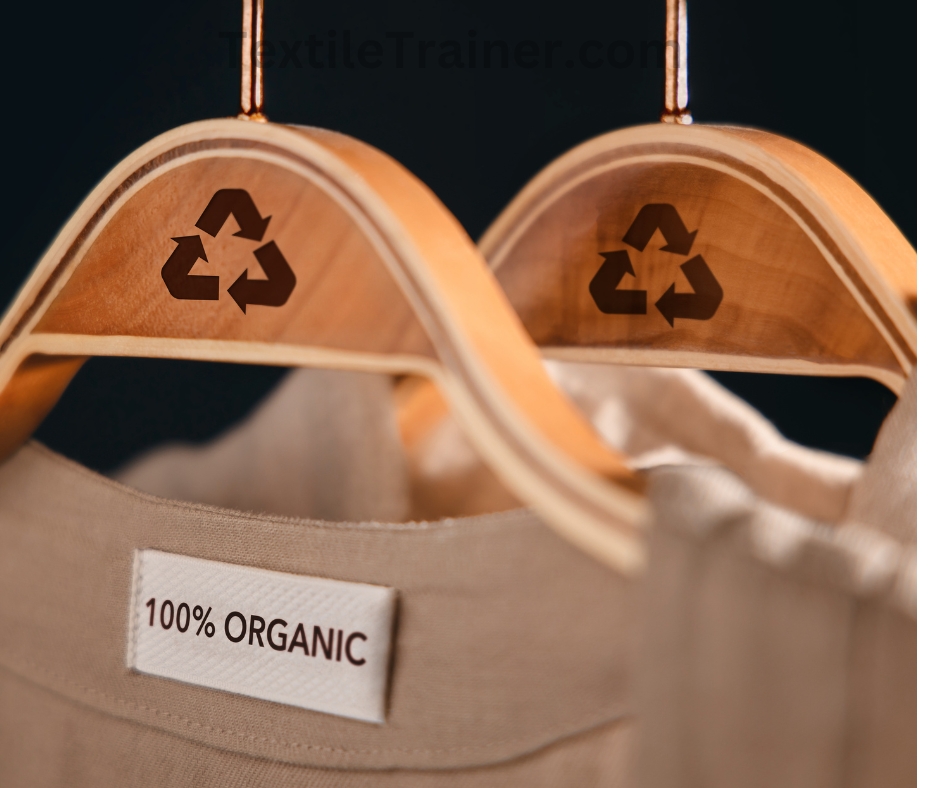
Conventional Cotton:
A conventional crop is grown with synthetic agriculture (fertilizers, herbicides, insecticides, and defoliants). Cotton is grown most commonly ‘conventionally’ around the world. Most farmers in developing countries grow some food crops, but they usually grow them as a monoculture (which means that it is the only significant crop grown on large plots of land). Conventional farming has a few key characteristics, such as fast technological development, large-scale farms, long-season monocultures, and uniform, high-yield hybrid crops.
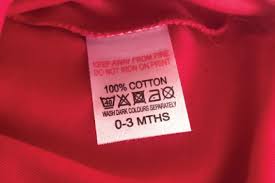
Differences between Organic Cotton vs Cotton:
There are lots of differences between organic cotton vs cotton. In this article, I will mention some important differences.
| Organic cotton | Conventional cotton |
| 1. The seeds used in organic cotton cultivation are natural, untreated, and GMO-free. | 1. Cotton seeds are treated with fungicides or insecticides in conventional cultivation. |
| 2. No synthetic fertilizer is used here. As a result, organic matter increases moisture retention in soil. | 2. Environmentally harmful synthetic fertilizers are used. |
| 3. Insecticides and pesticides are not used. | 3. Spraying pesticides and insecticides from the air is a common practice. Cancer-causing agents are found in nine of the most commonly used pesticides. |
| 4. In the case of freezing temperatures or the use of water management, natural defoliation occurs. | 4. Toxic chemicals cause defoliation. |
| 5. Fibers stabilized with double-plying or cornstarch that is nontoxic. | 5. Toxic waxes are used to stabilize warp fibers. |
| 6. Whitening is accomplished using Safe peroxide. | 6. The process of bleaching with chlorine creates toxic byproducts that are released into the environment. |
| 7. Clean with a soft scour in warm water with soda ash for a PH of 7.5 to 8. | 7. Additional chemicals (sometimes formaldehyde) and hot water are used. |
| 8. The use of fiber-reactive dyes or natural dyes with low metal and sulfur content has a low impact on the environment. | 8. Heavy metals and sulfur are present at high temperatures. |
| 9. Heavy metal-free, water-based inks and/or pigments. | 9. The particles may be petroleum-based and contain heavy metals. The runoff pollutes streams and waterways. |
| 10. There are social criteria in place to ensure a safe, healthy, nondiscriminatory, and non-abusive work environment. | 10. No social screening is conducted. It is possible that child labor or forced labor was used. It is possible that facilities are unsafe and unhealthy. |
| 11. In case of marketing, positive story can be told to differentiate you from your competitors. | 11.There are none. There is an increased potential for negative image as awareness of organic advantage increases. |
| 12. The initial cost is higher. The long-term benefits are priceless. | 12. It was initially cheaper. The long-term impact on the environment is devastating. |
| 13. Agro-organic farming keeps damaging chemicals out of cotton fields and protects local communities. | 13. Pesticides used in conventional farming can travel up to 25 miles in the air and water, causing poisoning, infertility, and birth defects. |
| 14.Due to the lack of harmful chemicals used in organic cotton cultivation, groundwater does not become polluted. | 14. Harmful chemicals are used here. As a result, the groundwater was polluted. |
| 15. It is eco-friendly and sustainable to use organic cotton | 15. It is not sustainable and eco-friendly to use conventional cotton. |
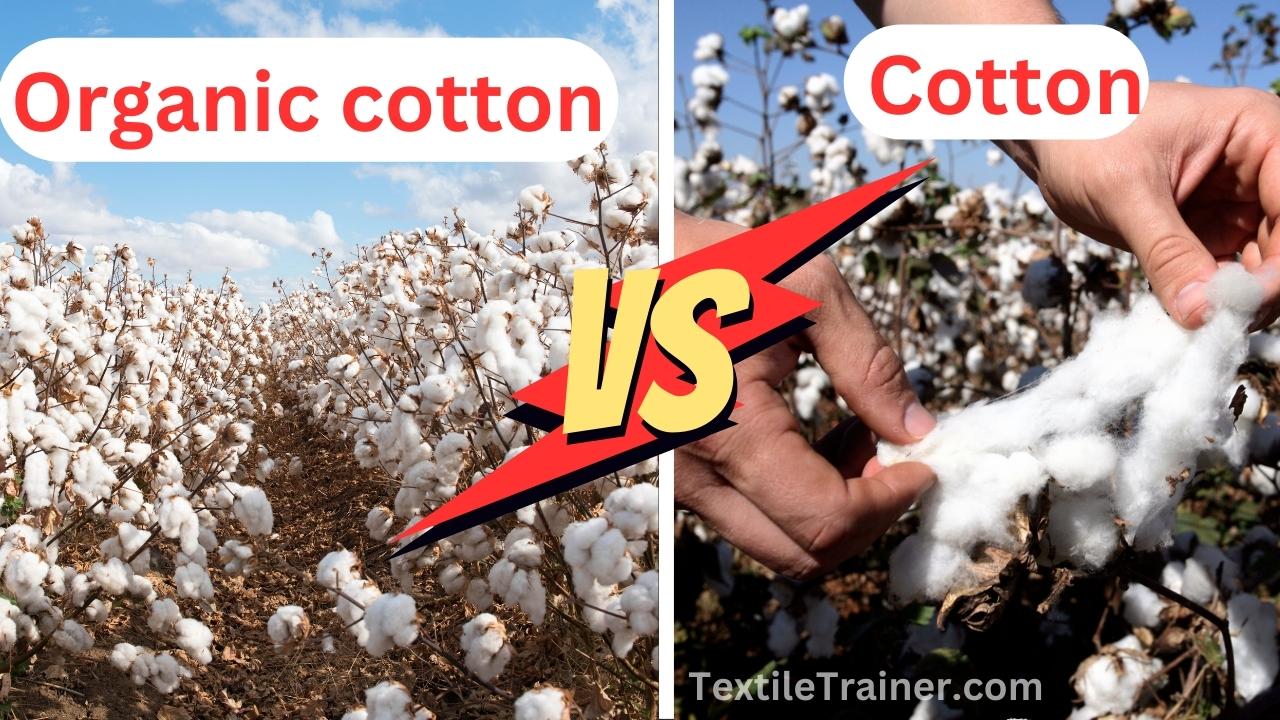


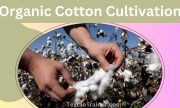
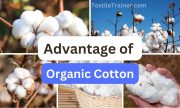


Thanks for sharing, this is a fantastic blog.Thanks Again. Fantastic.
support us.
Thank you ever so for you blog article.Really thank you! Awesome.
keep visit our site….
Say, you got a nice blog post.Thanks Again. Much obliged.
keep visit our site…
I appreciate you sharing this article post.Much thanks again. Great.
keep visit our site…..
I really like and appreciate your article post.Much thanks again. Awesome.
thanks….
Thank you ever so for you article. Awesome.
please support us….
I cannot thank you enough for the article.Really looking forward to read more. Keep writing.
thanks too. please support us.
Pretty! This was a really wonderful post. Thanks for supplying this information.
keep visit our site…thank too…
Thanks again for the article.
thanks too.
Remarkable things here. I’m very glad to see yourarticle. Thank you so much and I am looking ahead to contact you.Will you kindly drop me a e-mail?
you can drop your e-mail.
A big thank you for your blog article.Much thanks again. Awesome.
I was recommended this blog via my cousin. I’m no longer certain whether or not this put up is written through him as no one else know such designated approximately my trouble. You’re incredible! Thanks!
This piece of writing is in fact a pleasant one it assists new internet viewers, who are wishing for blogging.
It as difficult to find educated people for this subject, however, you sound like you know what you are talking about! Thanks
Thanks
There is definately a great deal to know about this subject.I like all the points you made.
Highly descriptive blog, I enjoyed that a lot. Will there be a part 2?
That’s, stay connected
I was recommended this blog by my cousin. I am not sure whether this post is written by him as nobody else know such detailed about my trouble. You’re wonderful! Thanks!
Thanks
I appreciate you sharing this blog.Much thanks again. Want more.
Very informative blog article.Really looking forward to read more. Want more.
Thanks so much for the blog article.Really looking forward to read more. Fantastic.
You made some clear points there. I looked on the internet for the topic and found most persons will agree with your blog.
keep visiting our site…..
Pretty! This has been a really wonderful article. Many thanks for providing these details.
keep visiting our site…..
Really enjoyed this blog.Much thanks again. Awesome.
Major thankies for the post. Fantastic.
I value the blog.Really looking forward to read more. Really Great.
This is one awesome blog post.
This is one awesome blog.Really looking forward to read more. Really Great.
I value the post.Thanks Again. Fantastic.
thanks too…
Muchos Gracias for your post.Thanks Again. Keep writing.
Enjoyed every bit of your post.Really thank you! Much obliged.
Im obliged for the post.Much thanks again. Really Cool.
all the time i used to read smaller posts which also clear their motive, and that is also happening with this article which I am reading at this place.
Very good blog.Thanks Again. Will read on…
ok
Im grateful for the article post.Much thanks again. Fantastic.
Major thankies for the blog article.Really thank you! Will read on…
This post gives clear idea for the new people of blogging, that really how to do running a blog.
I really like and appreciate your blog.Really thank you! Keep writing.
Great, thanks for sharing this article.Thanks Again. Will read on…
This is one awesome blog post.Really thank you! Great.
Very informative blog post.Thanks Again. Want more.
I loved your blog article.Thanks Again. Fantastic.
Thank you for your article.Really looking forward to read more. Awesome.
Really informative blog.Really thank you! Fantastic.
Great post.Much thanks again. Really Cool.
Looking forward to reading more. Great blog post.Much thanks again. Cool.
Im thankful for the post. Great.
A big thank you for your blog article.
Thanks for the blog.Much thanks again. Keep writing.
Great, thanks for sharing this article.Thanks Again. Want more.
Very neat blog post.Really thank you! Awesome.
I appreciate you sharing this blog post.Much thanks again. Awesome.
Enjoyed every bit of your blog article. Really Great.
Thanks again for the blog post.Really thank you! Awesome.
Thanks a lot for the blog post.Really thank you! Want more.
Really appreciate you sharing this blog.Really thank you! Cool.
Wow, great blog article. Really Cool.
Thank you for your blog post.
I really liked your blog article. Fantastic.
the long run and they ends up quitting our times stolen by those
Really enjoyed this article post. Will read on
I am so grateful for your post.Thanks Again. Cool.
Very neat blog.Thanks Again. Much obliged.
Really informative article.Much thanks again. Cool.
Thanks for the blog post.Really looking forward to read more. Keep writing.
I quite like reading through a post that can make men and women think. Also, thank you for allowing for me to comment!
Thank you ever so for you article post.Thanks Again. Great.
Wow, great article.Much thanks again. Fantastic.
I am so grateful for your article. Much obliged.
Very informative blog article.Thanks Again. Fantastic.
Say, you got a nice article post.Really thank you! Want more.
Hey, thanks for the blog. Great.
A big thank you for your article.Much thanks again. Awesome.
Say, you got a nice article.Really looking forward to read more.
Very good article.Much thanks again. Awesome.
Really informative article.Thanks Again. Much obliged.
Say, you got a nice article.Really looking forward to read more. Will read on…
wow, awesome blog post.Really thank you! Awesome.
Major thanks for the blog post.Much thanks again. Fantastic.
Thanks a lot for the blog.Much thanks again.
Major thankies for the blog.Really thank you! Fantastic.
Very neat blog article.Really looking forward to read more.
I loved your article post.Really thank you! Great.
I really like and appreciate your blog article.Really thank you! Really Great.
Say, you got a nice post.Really looking forward to read more. Want more.
Im obliged for the blog article. Fantastic.
Thanks again for the blog.Much thanks again. Want more.
Im thankful for the article. Awesome.
Very neat blog.Really thank you!
Thank you ever so for you article post.Really looking forward to read more. Really Cool.
A big thank you for your post.Much thanks again. Great.
Thanks so much for the article.Really looking forward to read more. Great.
I really enjoy the blog article.Really looking forward to read more. Much obliged.
Great, thanks for sharing this post.Really thank you! Really Great.
Awesome blog post. Cool.
I really enjoy the blog post.Much thanks again. Awesome.
I am so grateful for your post.Really looking forward to read more. Great.
Wow, great post.Really looking forward to read more. Cool.
Great, thanks for sharing this article. Great.
Really enjoyed this article.Thanks Again. Really Cool.
Hey, thanks for the blog post.Thanks Again. Great.
I really liked your article post. Much obliged.
Im grateful for the article post.Thanks Again. Really Cool.
Very neat blog article.Thanks Again. Really Great.
Great article.Really thank you! Great.
Im grateful for the post.Really thank you! Much obliged.
Really appreciate you sharing this article.Thanks Again. Awesome.
Im thankful for the article post.Much thanks again. Will read on…
I value the blog article.Really looking forward to read more. Really Great.
Major thankies for the article.Much thanks again. Great.
Hi there! I just wish to give you a big thumbs up for thegreat info you have got here on this post. I amreturning to your blog for more soon.
Thanks
Very informative post.Much thanks again. Want more.
This is one awesome blog article.Really thank you! Keep writing.
Thanks so much for the article.Much thanks again. Will read on…
Thanks for sharing, this is a fantastic post. Great.
I appreciate you sharing this article.Thanks Again. Much obliged.
I really enjoy the blog post.Much thanks again. Want more.
What a material of un-ambiguity and preserveness of precious experience about unpredicted feelings.
Great blog.Really thank you! Great.
Sweet blog! I found it while browsing on Yahoo News. Do you have any suggestions on how to getlisted in Yahoo News? I’ve been trying for a while but I never seem to get there!Thanks
Thanks
Thanks a lot for the blog article.Much thanks again. Keep writing.
I loved your article post.Really thank you! Will read on…
I value the blog post.Really looking forward to read more. Much obliged.
A big thank you for your blog post.Thanks Again. Cool.
I really enjoy the article post. Much obliged.
I appreciate you sharing this article.Thanks Again. Much obliged.
I loved your blog article.Thanks Again. Will read on…
Wow, great article. Awesome.
I really like and appreciate your blog post.Thanks Again.
I really like and appreciate your blog.Much thanks again. Will read on…
Hey, thanks for the post.Much thanks again. Awesome.
Really enjoyed this blog article.Really thank you!
I appreciate you sharing this blog post.Really looking forward to read more. Great.
Great, thanks for sharing this article.Much thanks again. Cool.
I am so grateful for your blog article.Really thank you! Fantastic.
I really enjoy the blog article. Will read on…
Appreciated the research, but more images would have added value!
Hey, thanks for the article.Really thank you! Great.
Really informative article post.Thanks Again. Will read on…
Say, you got a nice article.Much thanks again. Will read on…
I really liked your article post.Thanks Again. Fantastic.
I appreciate you sharing this article post.Thanks Again. Great.
Thank you ever so for you blog article.Much thanks again. Want more.
Very informative blog post.Thanks Again. Will read on…
Hey, thanks for the post.Thanks Again.